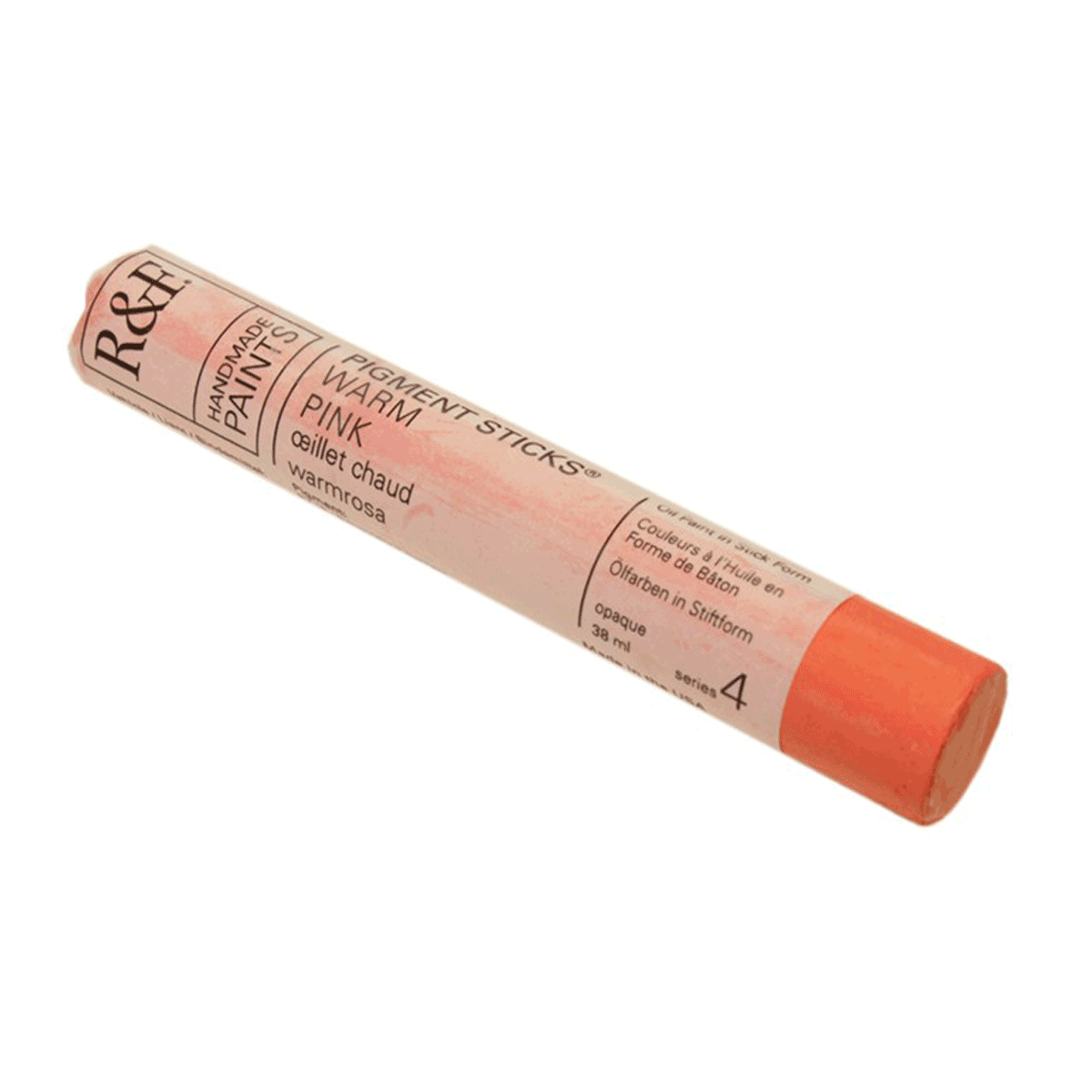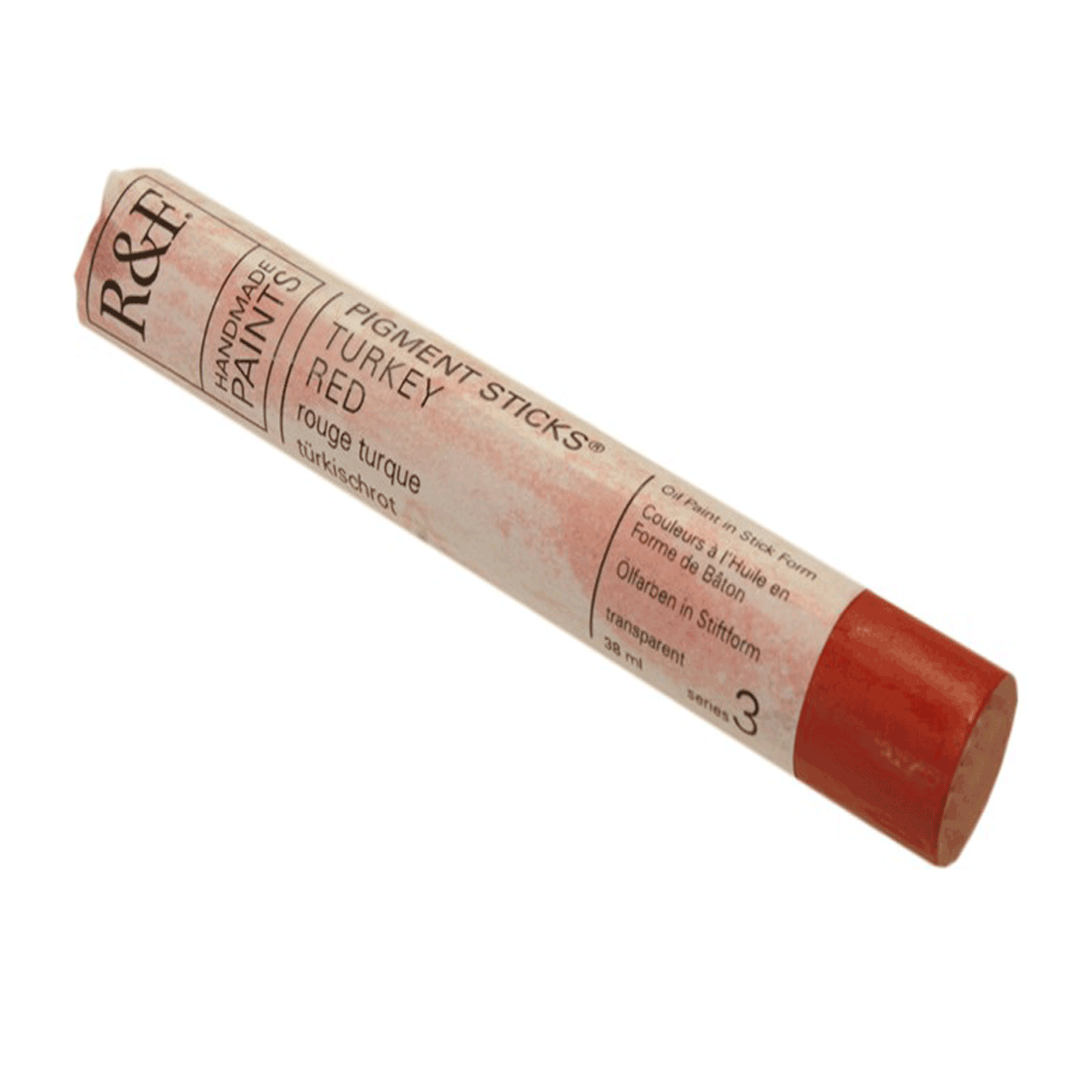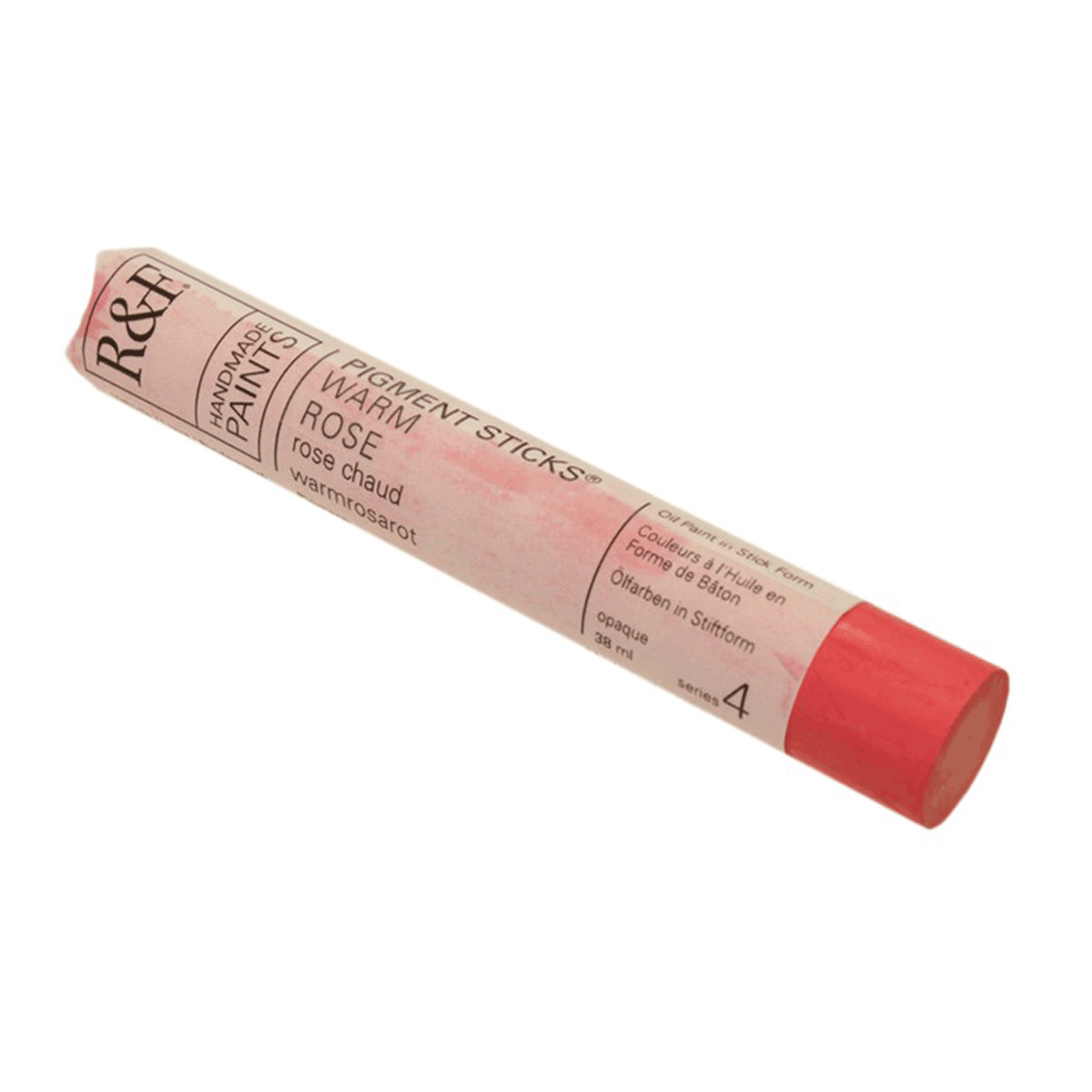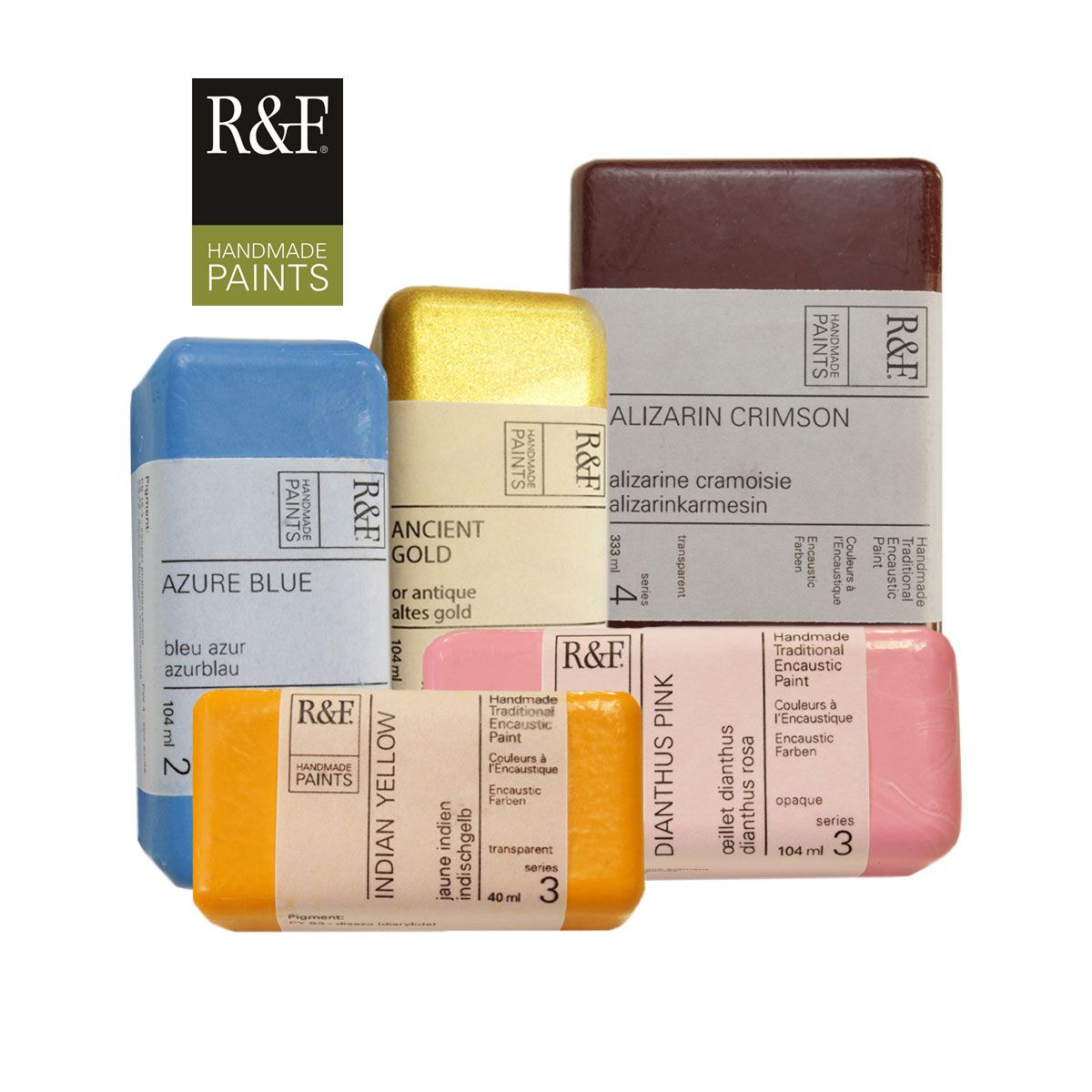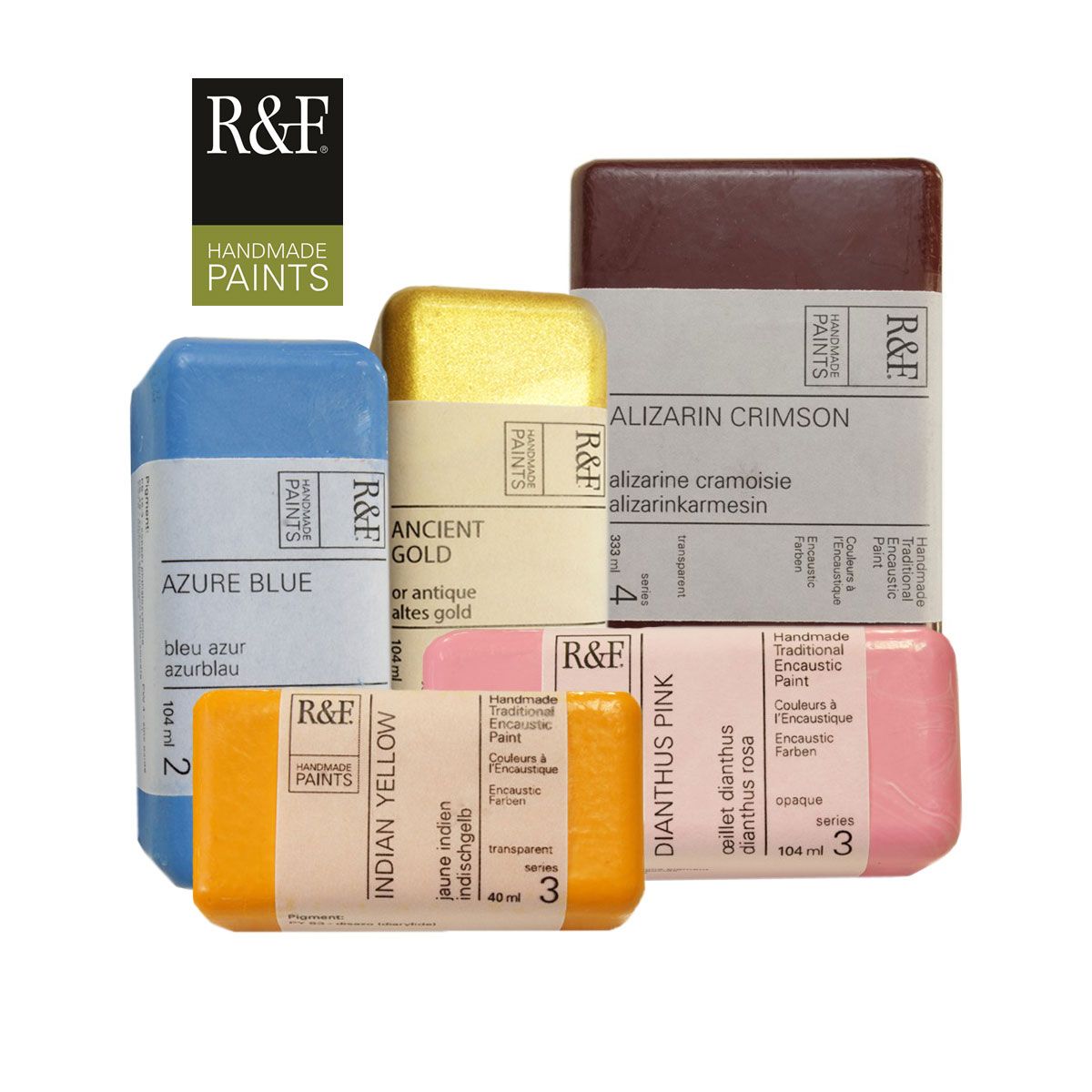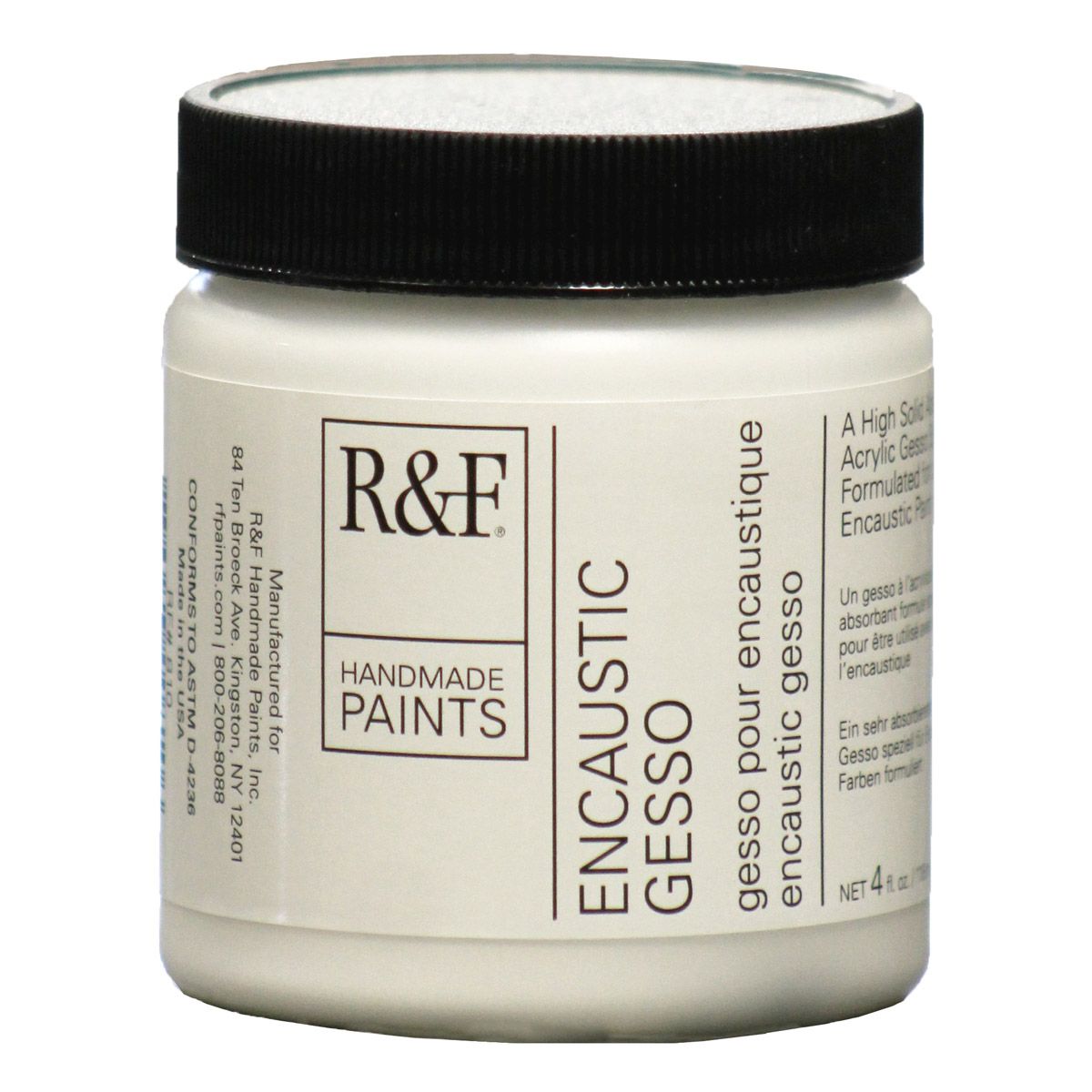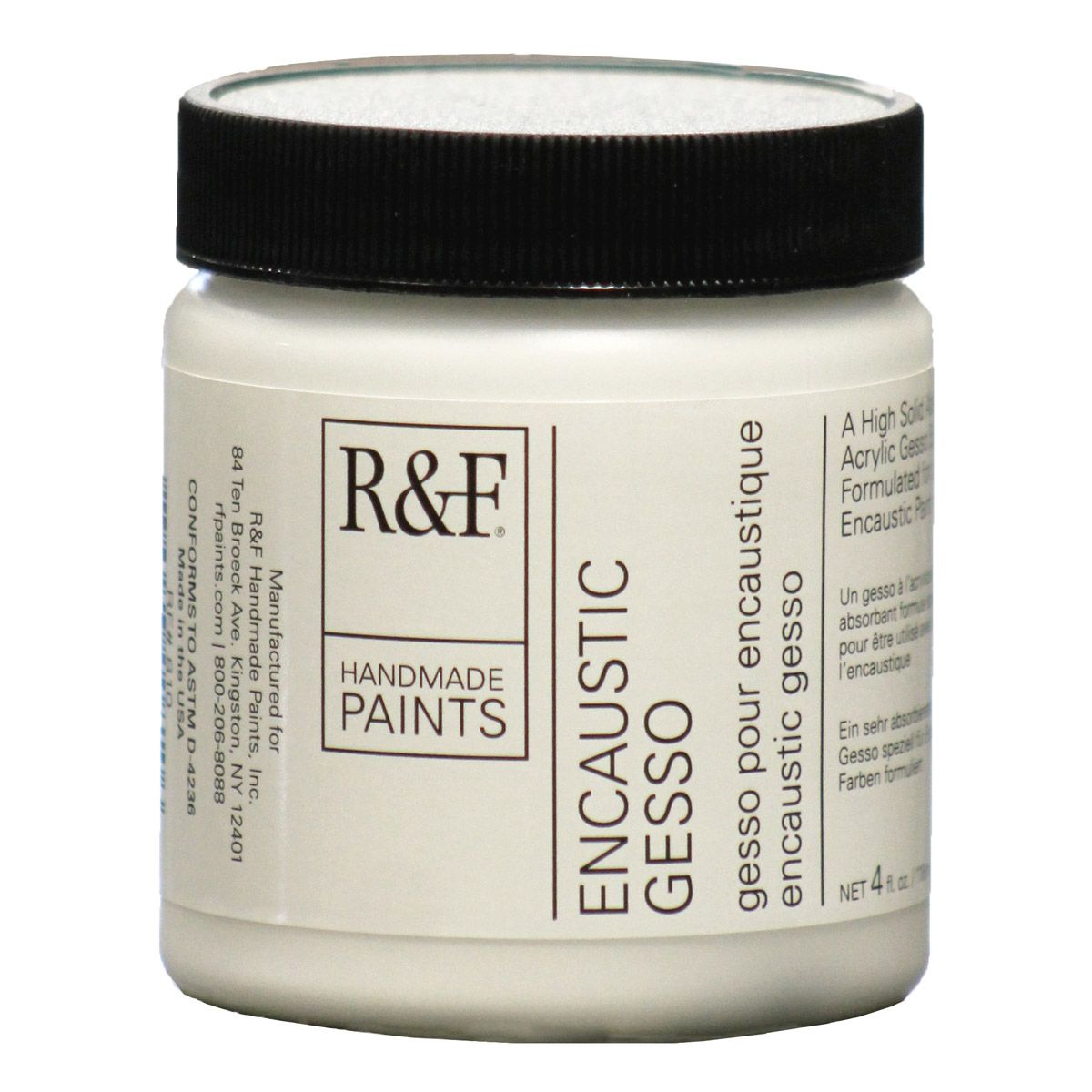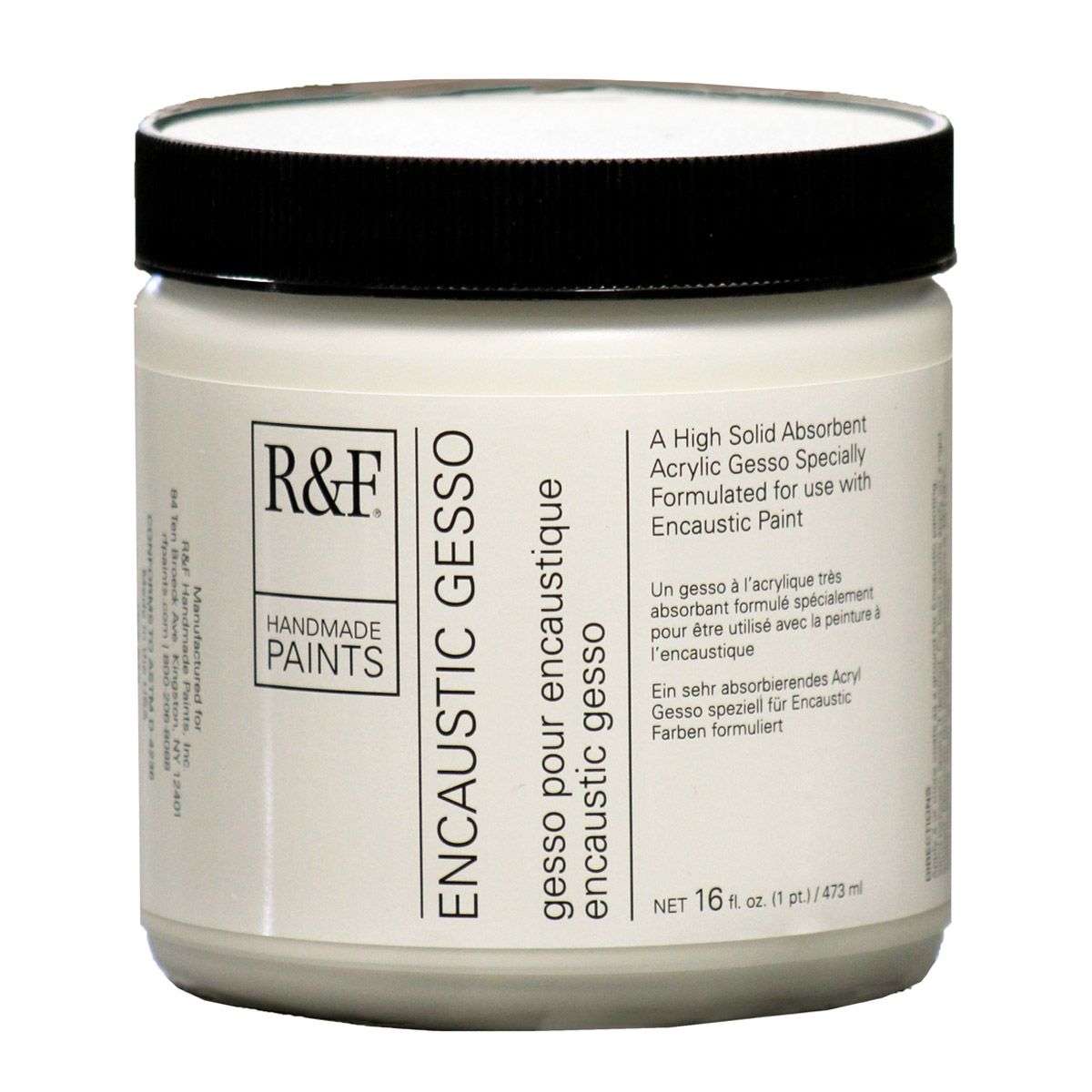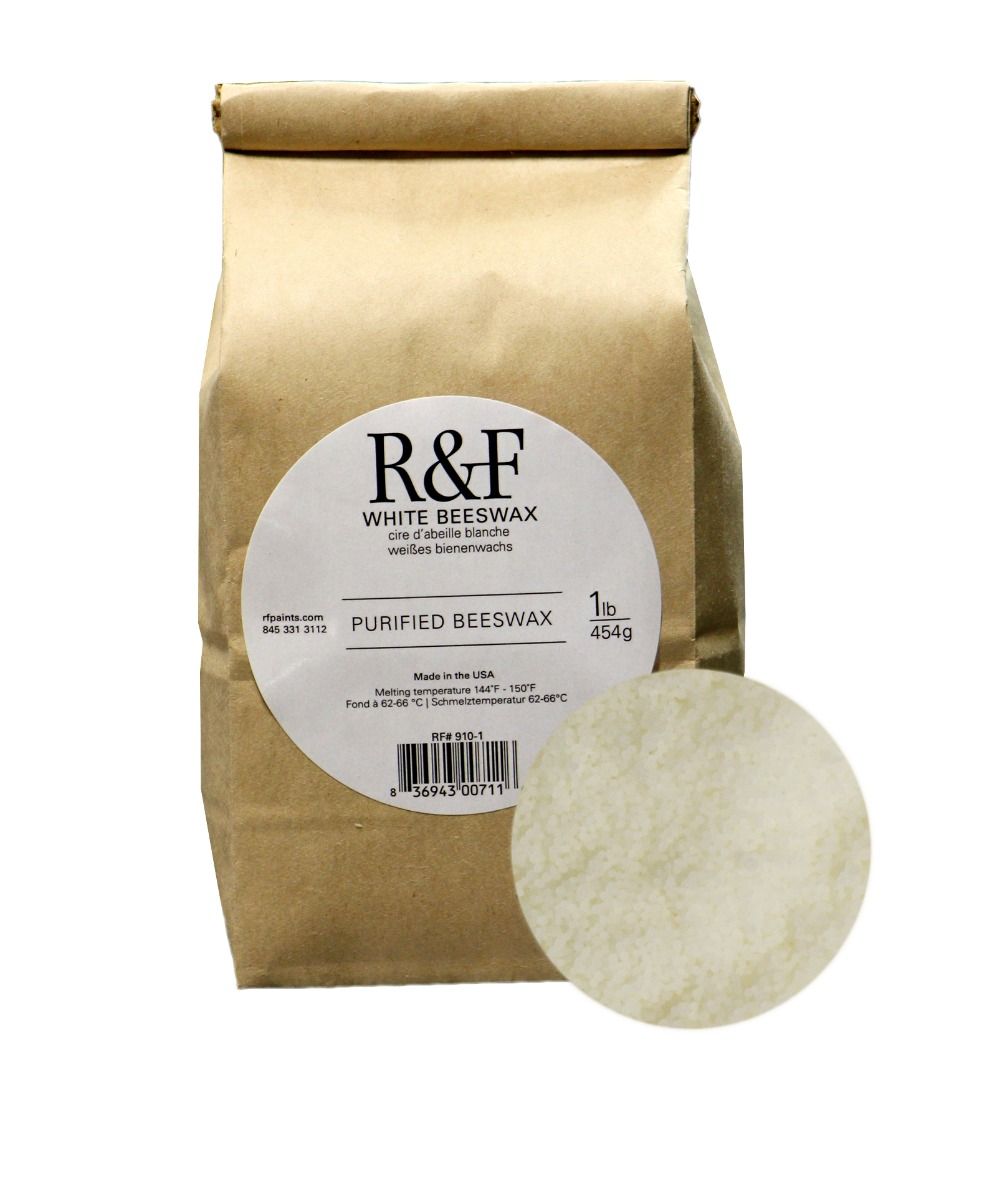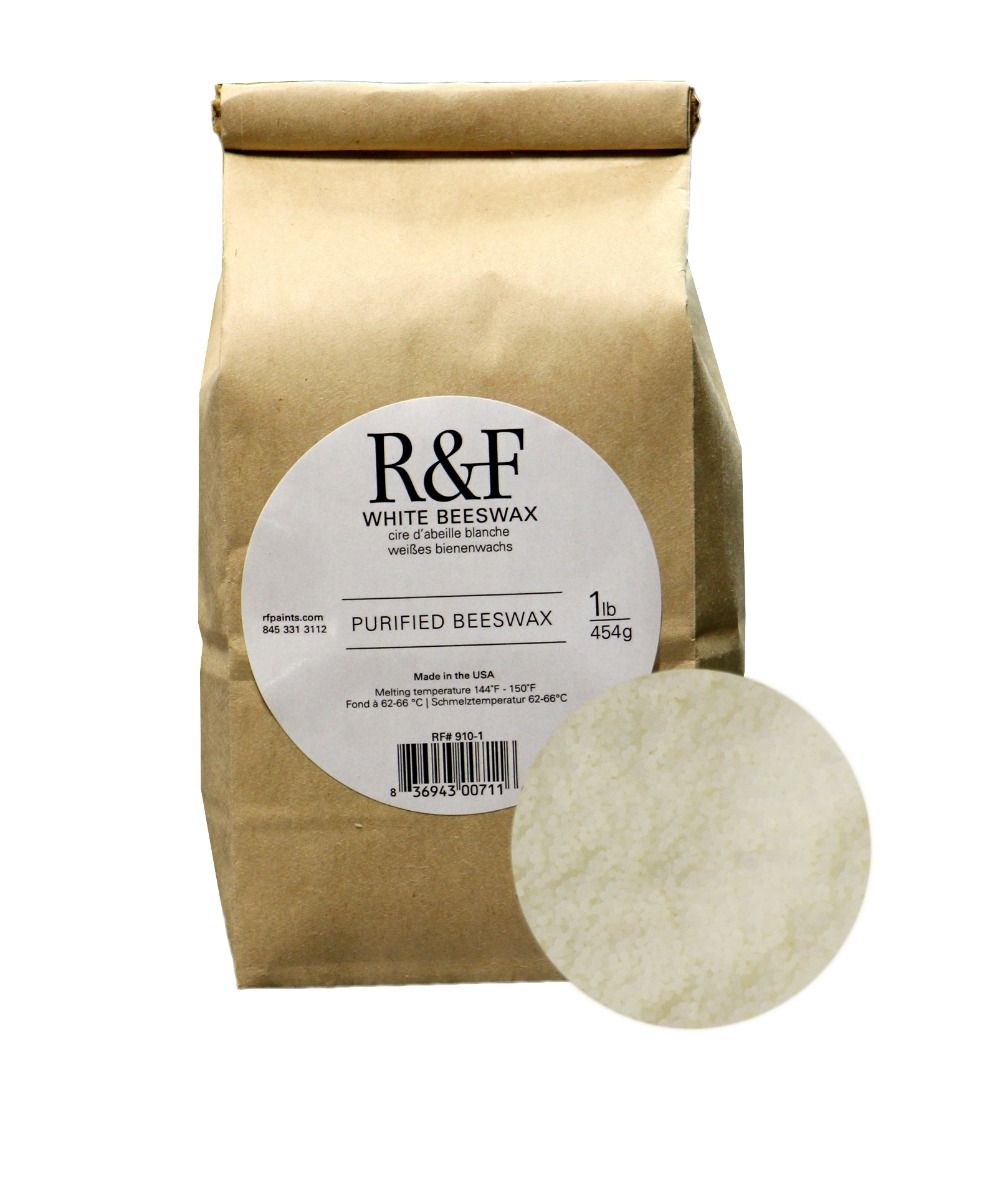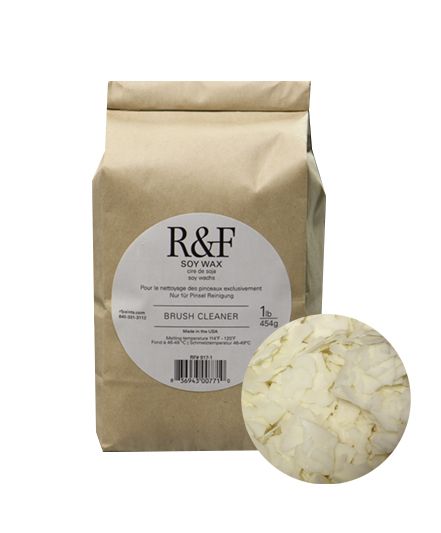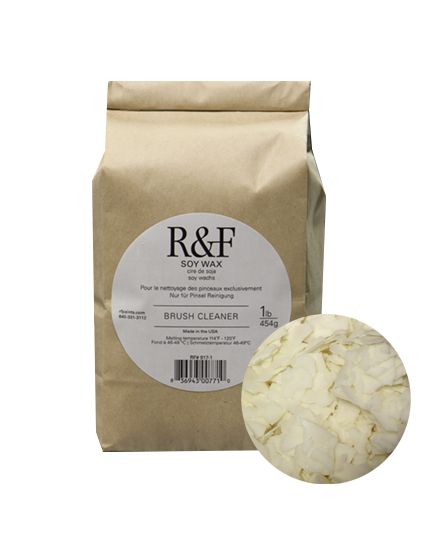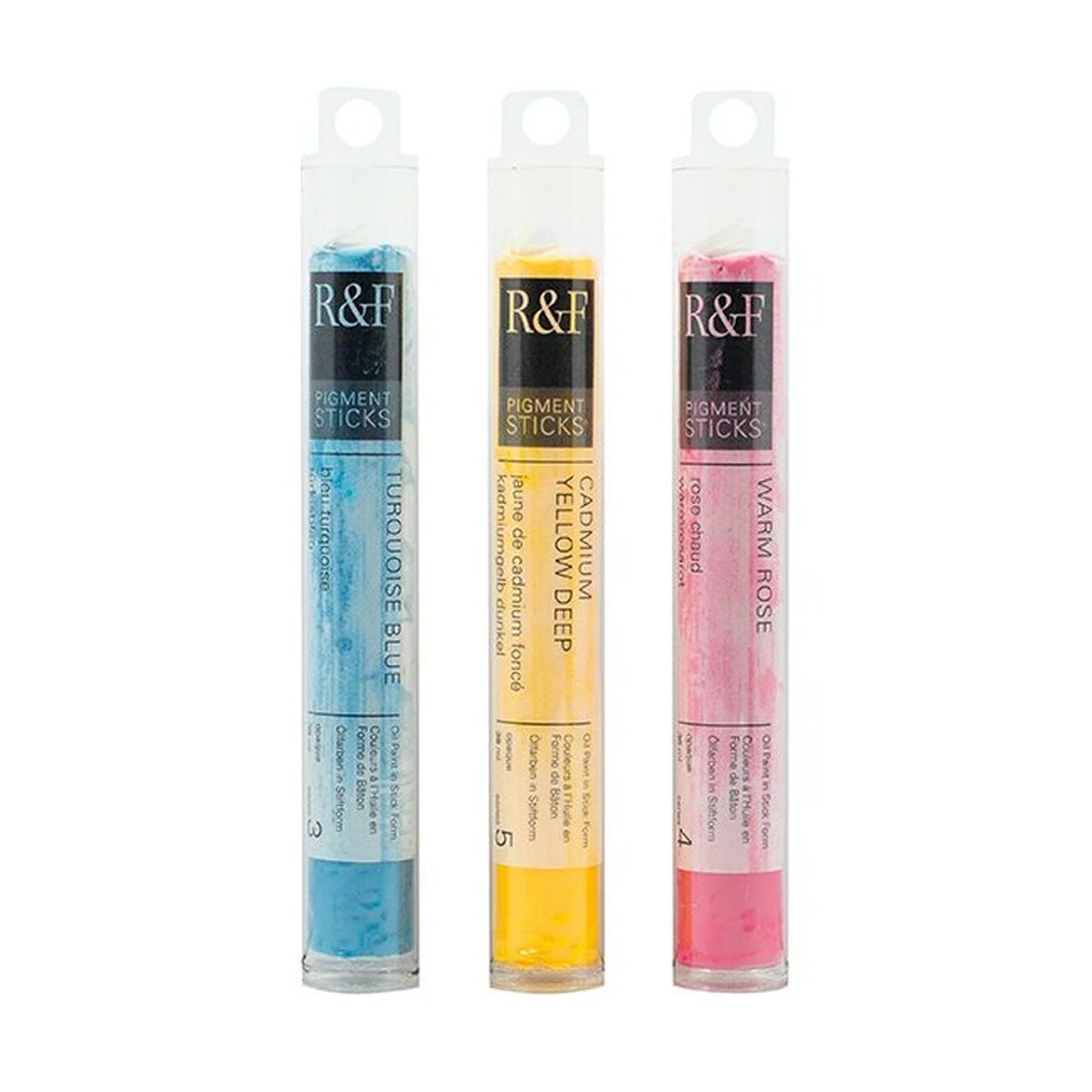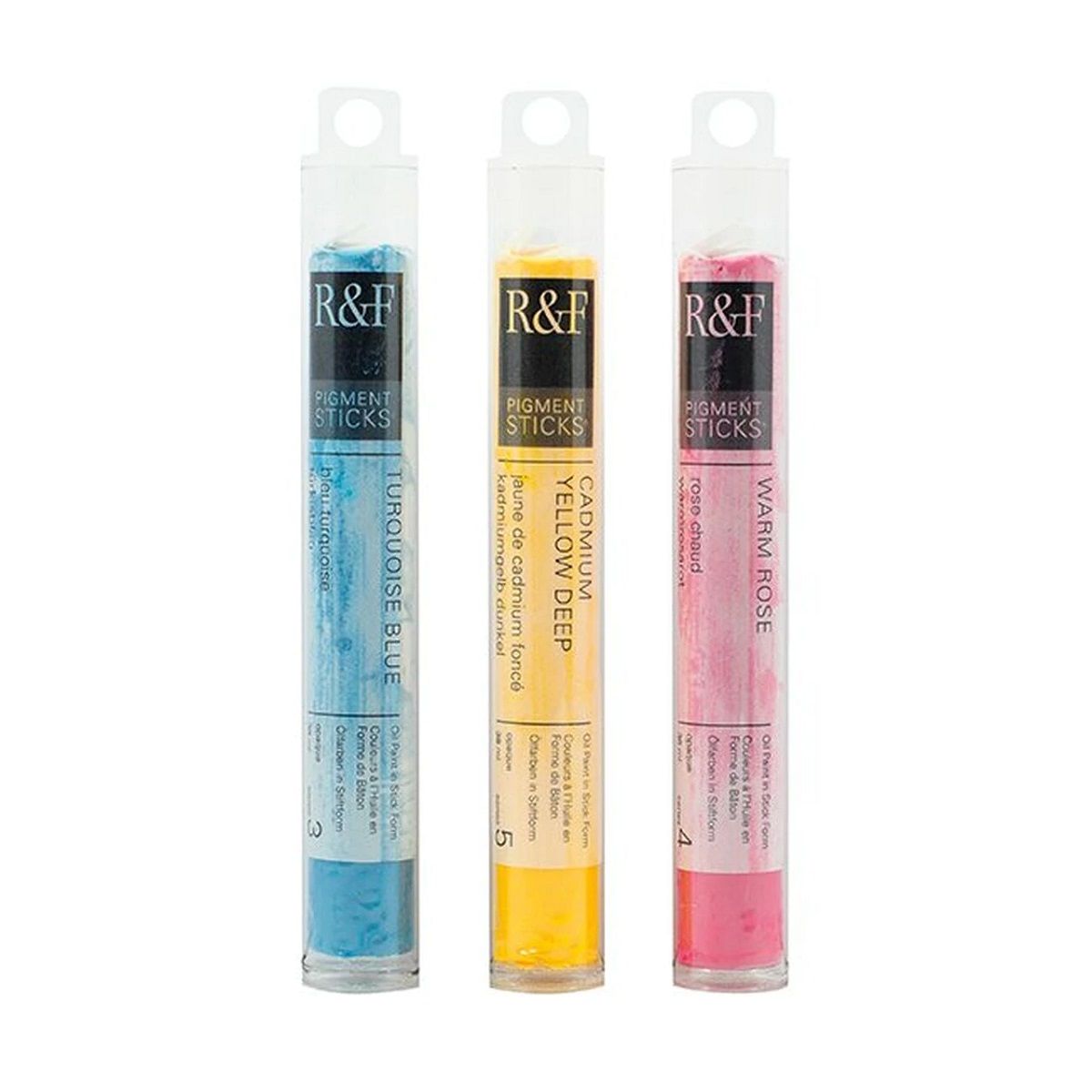R&F Oil Pigment Stick, Warm Pink 38ml
R&F Pigment Stick - Warm Pink, 40 ml
An intense salmon hue.
- Pigment Composition: PY37-Cadmium Yellow; PW6-Titanium White; PV19-Quinacridone Violet; PR108-Cadmium Red; PW7-Zinc Sulphide White
- Paint Lines: Encaustic, Pigment Stick
- Opacity: Opaque
- Pigment Stick Drying Rate: Slow
- Classification: Mixed
- Chemical Composition: Quinacridone red, cadmium red & yellow, zinc-titanium white
- Safety Information: Conforms to ASTM D-4236
Safety Warnings: This product contains cadmium, a chemical known to the State of California to cause cancer.
R&F Pigment Stick - Warm Pink, 40 ml
An intense salmon hue.
- Pigment Composition: PY37-Cadmium Yellow; PW6-Titanium White; PV19-Quinacridone Violet; PR108-Cadmium Red; PW7-Zinc Sulphide White
- Paint Lines: Encaustic, Pigment Stick
- Opacity: Opaque
- Pigment Stick Drying Rate: Slow
- Classification: Mixed
- Chemical Composition: Quinacridone red, cadmium red & yellow, zinc-titanium white
- Safety Information: Conforms to ASTM D-4236
Safety Warnings: This product contains cadmium, a chemical known to the State of California to cause cancer.
Pigment Name: PY37-Cadmium Yellow
Classification: Inorganic, cadmium
Chemical Composition: Cadmium (II)-sulphide
Properties
Cadmium Yellow is brilliant, dense, and opaque, with good tinting strength and high hiding power. It is the artist’s principal bright yellow and is available in light, medium, and dark shades. The deeper shades appear deep orange and have the greatest tinting strength. It is slow-drying in oil and used in oil and watercolour forms. It cannot be mixed with copper-based pigments. When Cadmium Yellow is mixed with Cadmium Red, a clean Cadmium Orange is created. Hues vary by brand. Cadmium pigments have been partially replaced by azo pigments, similar in lightfastness to the cadmium colours, cheaper, and non-toxic. Cadmium Yellow is usually available in a pure grade or a cadmium-barium mix. This mix has the same permanence with a lower tinting strength.
Permanence
Cadmium Yellow is lightfast and permanent in most forms, but it will fade in fresco or mural painting like most cadmium colours. The deeper shades are the most permanent. The pale varieties have been known to fade with exposure to sunlight.
Toxicity
Cadmium Yellow is a known human carcinogen. It can be hazardous if chronically inhaled or ingested.
History
Cadmiums get their names from the Latin word cadmium, meaning zinc ore calamine, and the Greek word kadmeia, meaning Cadmean earth, first found near Thebes, the city founded by the Phoenician prince Cadmus. Metallic cadmium was discovered in 1817 by Friedrich Strohmeyer. Oil colours were first made from Cadmium Yellow pigments in 1819, replacing toxic Chrome (lead) Yellows. However, their production was delayed until 1840 due to the scarcity of cadmium metals. Landscape painters, such as Claude Monet, preferred Cadmium Yellow to the less expensive Chrome Yellow because of its higher chroma and greater purity of colour.
Pigment Name: PW6-Titanium White
Classification: Inorganic
Chemical Composition: Titanium dioxide
Properties
Titanium White is the most brilliant of the white pigments. It is considered an all-purpose oil colour useful in all techniques and the best all-around white. Its masstone is neither warm nor cool, placing it somewhere between Lead White and Zinc White. It is less prone to cracking and yellowing than Lead White, but it still yellows easily. Titanium White dries slowly in oil form, more slowly than Lead White but more quickly than Zinc White. It is opaque in oil and acrylic forms and semi-opaque in watercolour form. This pigment has good chemical stability, and its tinting strength is superior to both Lead White and Zinc White.
Permanence
Titanium White has excellent permanence and lightfastness.
Toxicity
Titanium dioxide is highly stable and is regarded as completely non-toxic. Animal studies do not indicate that it is absorbed biologically, even after long periods of exposure. The primary safety concern is with the inhalation of fine pigment dust particles.
History
Titanium is the ninth most abundant element in the Earth's crust. However, mineral deposits that are economical to mine are less common. Titanium dioxide was first discovered in 1821, although it could not be mass-produced until 1919. Widespread use of the pigment began in the 1940s. Since that time, it has become the most commonly used white pigment. The name comes from the Latin word Titan, the name for the elder brother of Kronos and the ancestor of the Titans, and the Greek word tito, meaning day or sun.
Pigment Name: PV19-Quinacridone Violet
Classification: Organic synthetic, quinacridone
Chemical Composition: N/A
Properties
Quinacridone Red is a high-performance, transparent pigment with an average drying time and uneven dispersal. It is another name for Quinacridone Violet (PV19) and Quinacridone Red (PR192). Quinacridone pigments have relatively low tinting strength in general. For this reason, quinacridone colours are often expensive because more pigment is required in the formulation.
Permanence
Quinacridone Violet has excellent lightfastness and is considered the most lightfast organic pigment in this shade range.
Toxicity
Quinacridone Violet has no known acute hazards. Overexposure to quinacridone pigments may cause skin irritation. Quinacridone pigments contain a compound found to be a skin, eye, and respiratory irritant.
History
Although quinacridone compounds became known in the late 19th century, manufacturing methods to make them practical for use as commercial pigments did not begin until the 1950s. Quinacridone pigments were first developed as coatings for the automotive industry but were quickly adopted by artists.
Pigment Name: PR108-Cadmium Red
Classification: Inorganic, cadmium
Chemical Composition: Cadmium sulphide and cadmium selenide
Properties
Cadmium Red is a bright, warm red that ranges in the shade from orange-red to maroon and is available in light, medium, and dark versions. It is strong and opaque, with good tinting strength. Cadmium Red dries slowly. It grays down when mixed with white, mixes well with blues to create a range of browns, and mixes well with Cadmium Yellow to create an intense orange. It also works well in neutral mixes. Cadmium pigments have been partially replaced by azo pigments, similar in lightfastness to the cadmium colours, cheaper, and non-toxic. Hues vary by brand. Cadmium Red is usually in either a pure grade or a cadmium-barium mix. The cadmium-barium combination has the same permanence as pure Cadmium Red but has a lower tinting strength.
Permanence
Cadmium Red is lightfast and permanent in most forms, but like many cadmium pigments, it will fade in fresco or mural painting. Its improved lightfastness has helped it replace Vermilion on the artist’s palette.
Toxicity
Cadmium Red is a known human carcinogen. It is highly toxic if inhaled and slightly toxic if ingested.
History
Cadmiums get their names from the Latin word cadmium, meaning zinc ore calamine, and the Greek word kadmeia, meaning Cadmean earth, first found near Thebes, the city founded by the Phoenician prince Cadmus. Metallic cadmium was discovered in 1817 by Friedrich Strohmeyer, but Cadmium Red was not introduced until 1907 in Germany.
Pigment Name: PW7-Zinc Sulphide White
Classification: Inorganic
Chemical Composition: Zinc sulphide
Properties
Zinc Sulphide White is a semi-transparent yellowish-white pigment. Zinc sulphide and zinc oxide (PW4) are often combined to create a more natural white colour. Transparency increases as particle size decrease. When slight impurities are added, zinc sulphide has phosphorescent and electroluminescent properties. It is often used to manufacture fluorescent or glow-in-the-dark paints.
Permanence
Zinc Sulphide White has excellent permanence and lightfastness.
Toxicity
Zinc Sulphide is non-toxic, but ore deposits often contain lead. Traces of lead and other impurities may be present in pigment powders. Ingestion is not recommended.
History
Zinc sulphide, when combined with slight impurities, has phosphorescent properties. It is often used for invisible ink that glows with exposure to ultraviolet light. Zinc sulphide is used in the manufacture of fluorescent paints.
| Size | 38 ml |
|---|---|
| Brand | R&F Encaustic Handmade Paints |
| Country of Manufacture | United States |
| Type of Store Credit value | Select |










